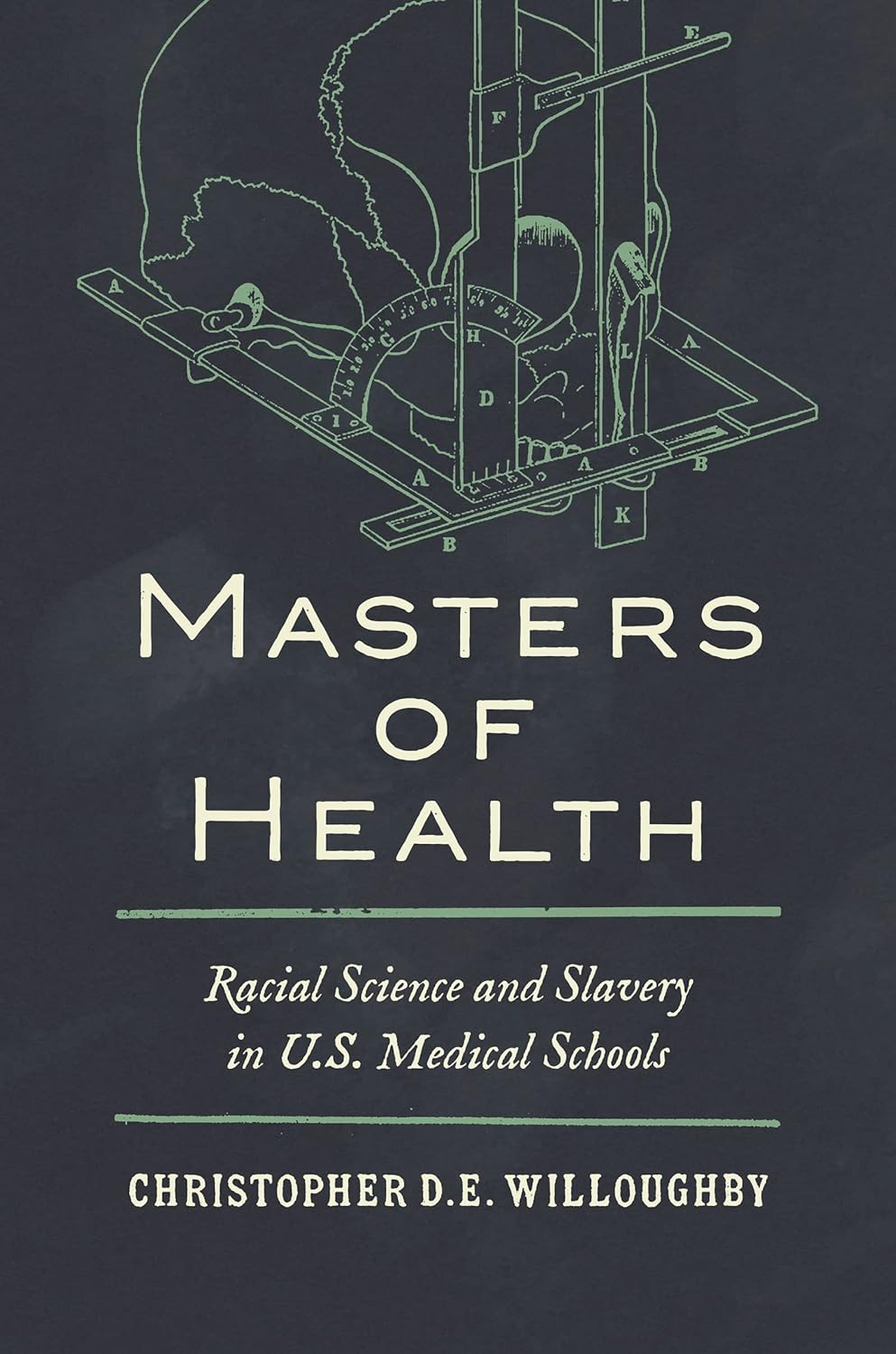The first medical schools in colonial America were the Medical Department of the University of Pennsylvania and the New York College of Physicians and Surgeons at King’s College (now Columbia University), both founded in the 1760s. Forty-five additional schools would join them by 1860. The book shows how these medical schools promoted the notion that there were biological distinctions between races as a central aspect of professional training. Graduates and faculty of the schools spread scientific racism across the country in their roles as physicians.
As Willoughby shows, scientific racism and the exploitation of Black people for medical research was neither an exclusively Southern or Northern phenomenon. Instead, the national and sometimes international medical community created by universities and promoted through journals, textbooks, and other widely read publications transcended sectional boundaries. Southerners, many of whom were from slaveholding families, studied at Northern medical schools and frequently returned to Southern states to practice medicine. In the 1850s, Willoughby says, most graduates of the University of Pennsylvania’s medical school were from Southern states, with similar demographics at Jefferson Medical College, also in Philadelphia. Even during the Civil War, many Southern students continued to attend Northern medical schools, and some physicians sent letters to each other across the Mason-Dixon line expressing their desire to maintain their professional relationships after the war ended. While these doctors may have had different opinions about slavery, they had shared ideas about scientific racism and about the importance of the “white male fraternity” of physicians.[2]
Willoughby also describes the increasing popularity of the theory of polygenesis among doctors, who marshaled scientific authority to express racial ideologies about the body in ways that endure to the present. In the late eighteenth and early nineteenth centuries, many physicians had subscribed to the theory of monogenesis—the idea that all humans derived from the same origin— and rejected polygenesis—the idea that races had distinct origins and were different species—as conflicting with the biblical origin story. By the 1850s, however, the circulation of texts such as Josiah Nott and George Gliddon’s Types of Mankind and the discussion of polygenesis as a subject of study in universities made the theory much more widely accepted by doctors and medical students, even though, Willoughby notes, it had critics outside of the medical community. While polygenesis appealed to slaveholders as a justification for slavery, holding pro-slavery politics was not required to accept and promote the theory; students learned this idea from faculty members at Northern medical schools as much as in their Southern hometowns. The belief that race was biological and that racial difference was important to science and medicine was a critical aspect of medical education, expressed through lectures, experimentation, theses, and faculty publications.
